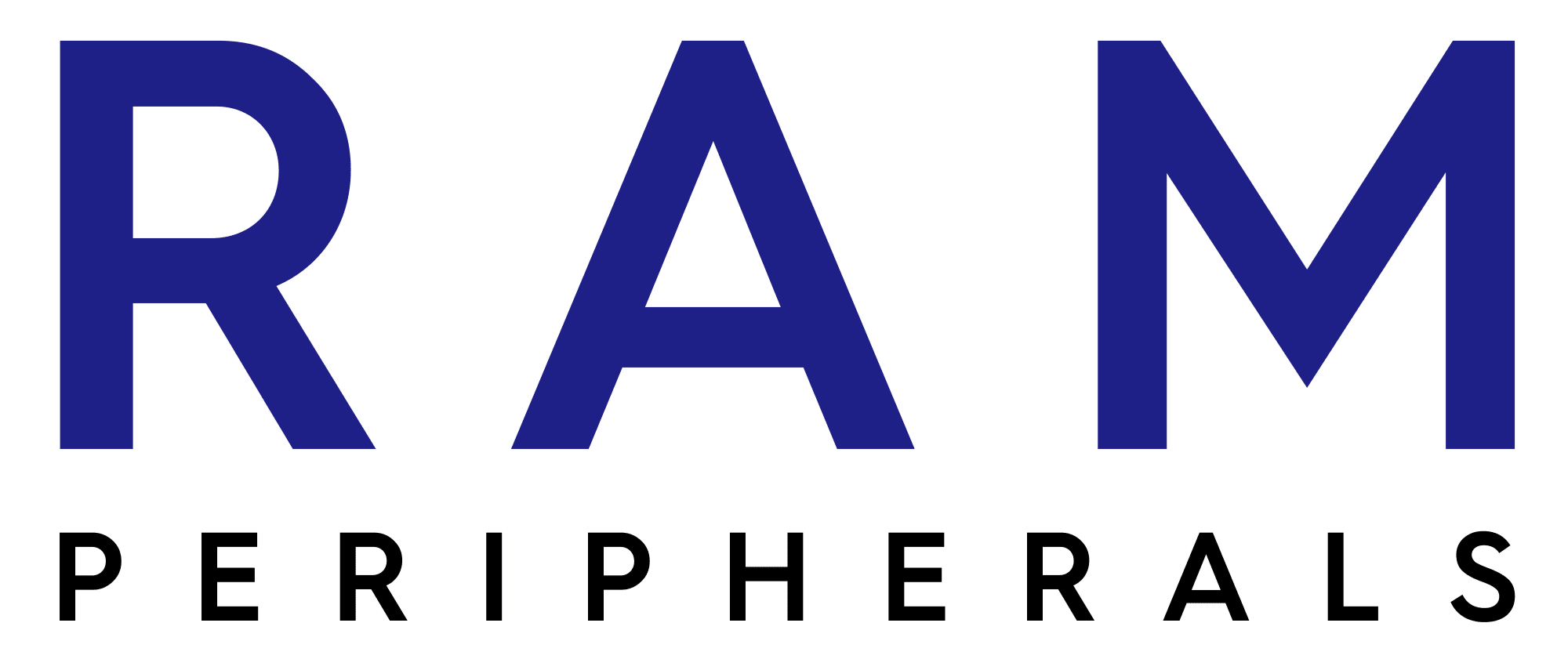How to fix first-layer problems on your FDM 3D printer
Published On: 2022-11-16

How to fix first-layer problems on your FDM 3D printer
One of the most frustrating problems you can have with a 3D printer is first-layer problems. These problems can manifest in a variety of ways, such as the first layer not adhering to the build plate, warping, or poor dimensional accuracy. Fortunately, there are a few things you can do to fix these issues.
When you have issues with first layer bed adhesion, you can't always rely on your printer for extended prints. It is critical for those who produce extended prints that might last for days to have appropriate bed adhesion so that they do not lose their print halfway through. Furthermore, if your bed height is not properly adjusted, you will almost surely have an uneven layer. This is an aesthetic issue since the side that lies flat on the bed would seem unattractive.


First Layer settings:
First layer print temperature and bed temperature: These options affect the temperature at which your 3D printer produces the first layer. A higher temperature will let the plastic melt more easily and attach to the bed, so consider increasing the nozzle and bed temperatures by 5 °C each.
First layer line width: The width of the lines produced by your 3D printer is changed by this parameter. A wider line width allows your layers to crush into the bed and acquire a good hold, lowering the chances of failure. You may normally increase this parameter to double the nozzle bore size of your 3D printer (which is usually 0.4 mm).
First layer height: The height of your initial layer is changed by this parameter. A greater number here will reduce the consequences of minor levelling problems, thus enhancing dependability. With a conventional 0.4 mm nozzle, you can generally get up to roughly 0.3 mm.
First layer print speed: This option affects how quickly the first layer is extruded. Printing slower allows more time for the plastic to melt, which has the same effect as increasing the print temperature. If you've raised the layer height or line width, you might want to try this.

Bed adhesion setting: These are rafts, skirts, and brims that aid in adhesion by priming the nozzle to guarantee a smooth flow of plastic. When it comes to rafts and brims, they give a bigger surface area for improved adherence
Make sure the build plate is level
The first thing you should do if you're having first-layer problems is to make sure that your build plate is level. An easy way to do this is to use a piece of paper as a feeler gauge. Simply slip the paper under the nozzle and adjust the build plate until the paper just barely slips through. You may need to make small adjustments to get it just right, but once you do, your problem should be solved.
Calibrate your extruder
If your extruder is not calibrated correctly, it can cause all sorts of problems, including first-layer problems. To calibrate your extruder, you'll need to measure the distance the filament travels and compare it to the amount of filament that is actually being extruded. Once you have that information, you can adjust your printer's settings until they match up. This will take some trial and error, but it's worth it to get prints that come out perfectly.


Check your nozzle size
Another potential cause of first-layer problems is a nozzle that is too small or too large for the filament you're using. As a general rule of thumb, larger nozzles are better for thicker filaments while smaller nozzles are better for thinner filaments. If you're not sure what size nozzle you need, try experimenting with different sizes until you find one that works well with your filament.
First-layer problems can be frustrating, but fortunately, there are a few things you can do to fix them. Make sure your build plate is level and calibrate your extruder for the best results. Additionally, check your nozzle size to ensure that it is compatible with the filament you're using. By following these tips, you should be able to get great prints every time!
